The two smokers and the dachshund, circa 1905
Watercolor, gouache and pen on cardboard
21 x 13.5 cm
Signed lower right
Numerous annotations on the reverse and illustrative text in German
Edmund Dulac, born Edmond Dulac, is a French illustrator, naturalized British. He is one of the major illustrators of the golden age of illustration in the United Kingdom. Born in 1882 and died in 1953 in London, he had emigrated in 1905 to the United Kingdom and acquired British nationality in 1912. Coming from a family of the Toulouse bourgeoisie, Edmond Dulac grew up in an environment sensitive to the arts. His father, a clothier by profession, restores old paintings, while his maternal uncle imports oriental curiosities, that is to say works of art: Japanese prints, Persian and Indian miniatures. The child draws very early and goes to school at the small high school in Toulouse. In 1899, he obtained his baccalaureate and entered the University of Toulouse in law. At the same time, he took courses at the École des Beaux-Arts in Toulouse where he received numerous prizes for the year 1900. This success encouraged him to leave the university and to fully follow the academic teaching of the School. des Beaux-arts de Toulouse, then directed by Jean-Paul Laurens. In 1901, Dulac received no prize, but in 1902, he obtained a small municipal prize for painting with the Marcus canvas in the Minturne marshes. While he perfected his training, Edmond Dulac began illustrating work for programs or reviews such as L'Effort, Le Télégramme or L'Âme Latin. In 1903, he received the second municipal painting prize, also known as the Suau prize thanks to Salammbô, based on the novel by Gustave Flaubert. A scholarship accompanies this prize and allows him to go to Paris in order to enter the Julian Academy. But Dulac, who had already exhibited at the Salon in 1903, only attended classes for three weeks and wanted to try his luck in British illustration. He therefore crossed the Channel in 1905, after having transformed the spelling of his name into Edmund, to obtain an illustrator contract. Upon his arrival, Edmund Dulac was hired by the Pall Mall Magazine but also by the publisher JM Dent for which he illustrated all the works of the Brontë sisters. His work then attracted the attention of Leicester galleries in London, which commissioned him illustrations for the Thousand and One Nights: Stories from the Arabian Nights. The editors Hodder & Stoughton, seduced by his work, saw in him another Arthur Rackham who was then an admired and renowned illustrator. From 1907, therefore, a contract bound Dulac to Hodder & Stoughton who then published the works whose original illustrations, mostly watercolors, were exhibited at the Leicester geleries. A prosperous period followed for Dulac when he joined the very famous London Sketch Club. He also meets his patron Sir Edmund Davis and the poet William Butler Yeats who becomes one of his best friends. The publication of New Year's Eve books followed one another at Hodder & Stoughton, Dulac acquired fame, respectability and soon British nationality on February 17, 1912. The same year, a trip to the Mediterranean allowed him to discover Greece and the vestiges of his art. archaic, then Malta, Tunis and Algiers. This vision of Greece and North Africa modified his style, which over the years borrows more and more elements from the East. A great lover of Japanese prints and Persian miniatures, Dulac expressed this change on his return to London in the illustrations for Princess Badoura (1913) and Simbad the Sailor and other Tales from the Arabian Nights (1914). During the Great War, Dulac voluntarily participated in the war effort through his illustrations. He also began to participate in ballets and theatrical productions for which he produced sets, costumes, even music, as for At the Hawk's Well by William Butler Yeats. The post-war period brought the luxury illustrated book crisis and Dulac had to do caricature work for The Outlook from 1919 to 1920, then accept the contract for the American magazine The American Weekly. He produced series of thematic covers for this one between 1924 and 1950. Despite some illustration work, including those for The Green Lacquer pavilion, a novel by Helen Beauclerck, his new companion since 1922, Dulac's subsistence became more and more more difficult. His creations are then realized for furniture, playing cards, boxes of chocolate or cookies, magazines, prize medals, banknotes or stamps. In 1946, The Limited Edition Club offered him a contract for several luxury illustrated books. He produced his last illustrations for them, including those for The Golden Cockerel by Alexandre Pouchkine, but died in 1953 before the publication of John Milton's Comus.



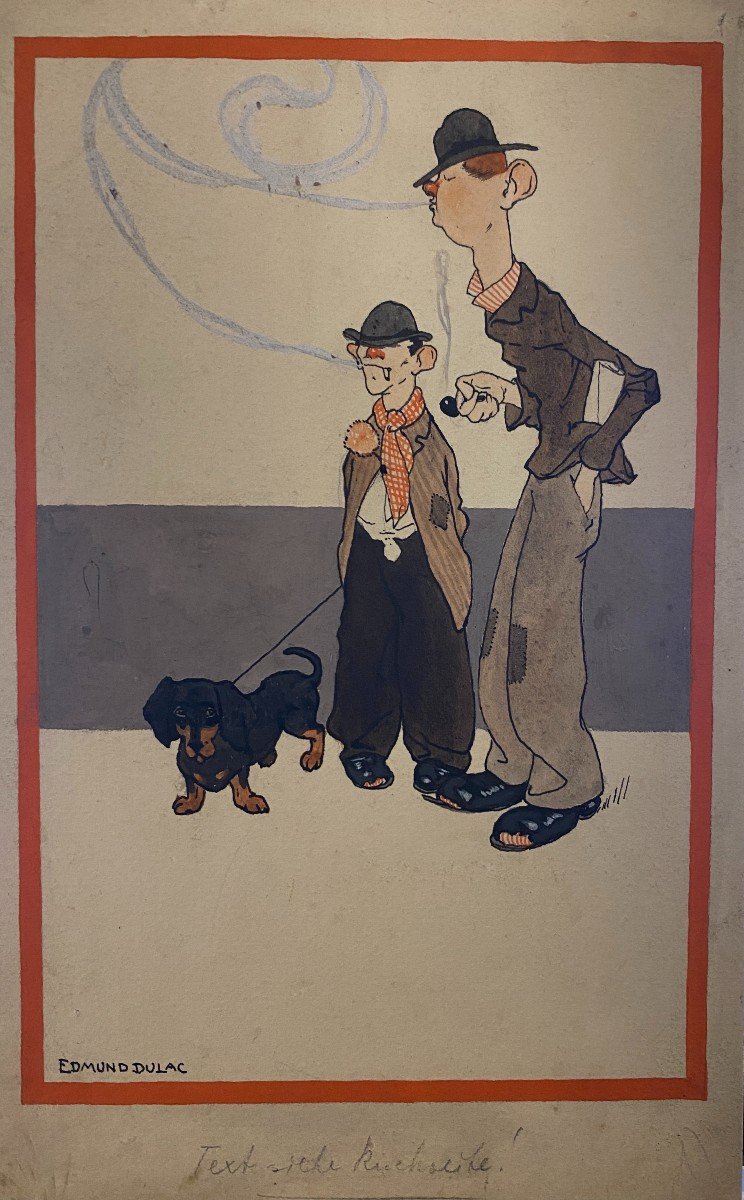
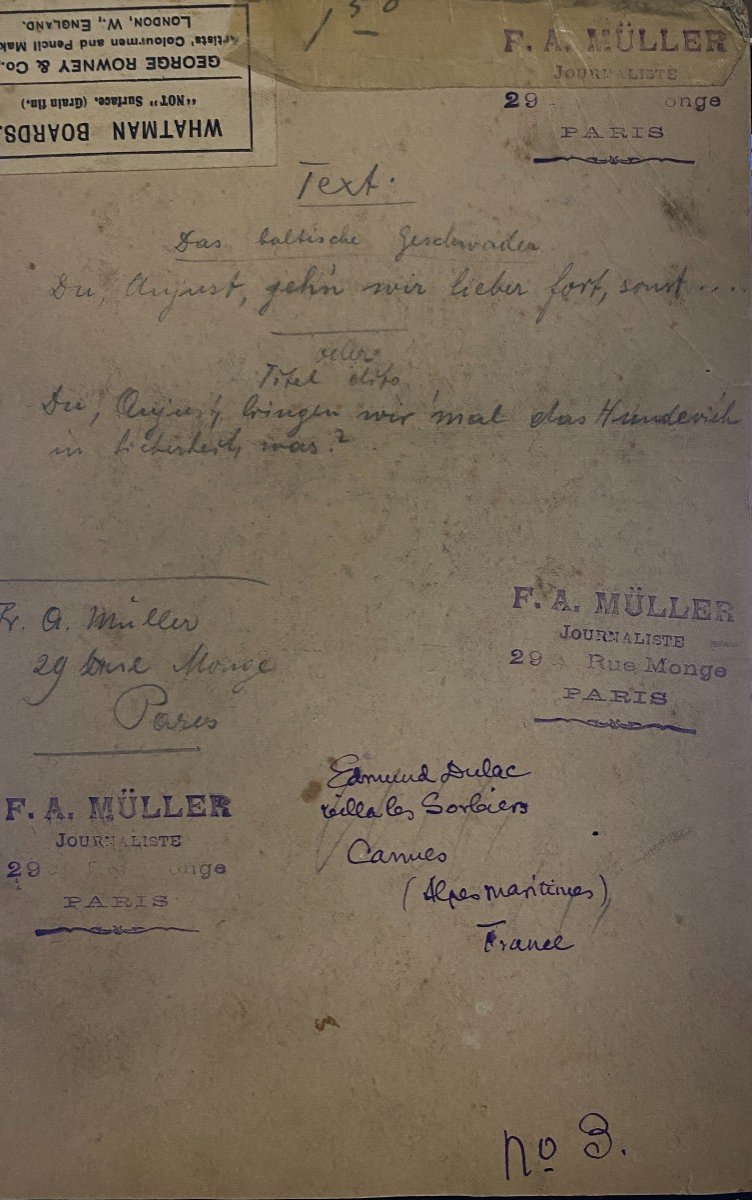
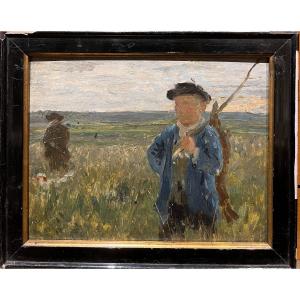
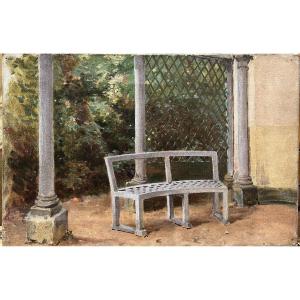
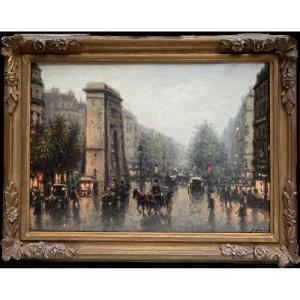


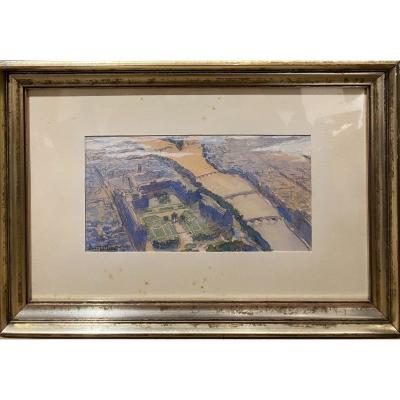

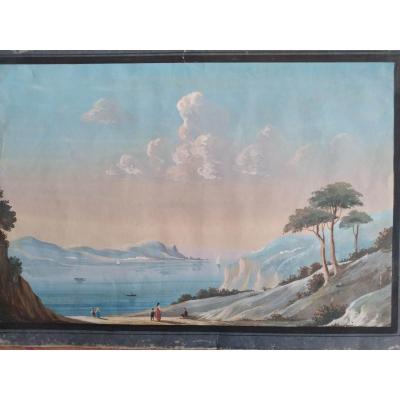


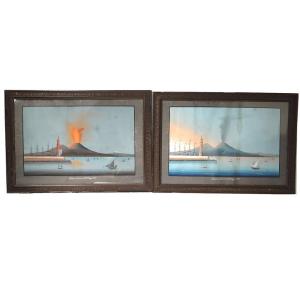
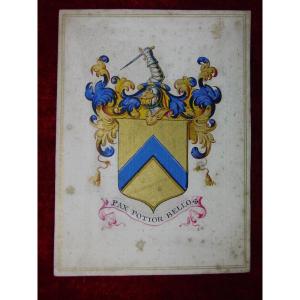



 Le Magazine de PROANTIC
Le Magazine de PROANTIC TRÉSORS Magazine
TRÉSORS Magazine Rivista Artiquariato
Rivista Artiquariato
